Learning how to mix strength and speed together in your fitness regimen can be the key to success. After all, what good is being able to lift heavy weights if you can’t do it quickly? And what’s the point of being able to run fast if you’re not strong enough to keep up the pace? Luckily, there are exercises that can help you develop both strength and speed at the same time. Here are a few of our favorites.
Getting Fit vs. Improving Performance
When it comes to getting fit and improving performance, there are a few important differences to keep in mind. Getting fit is primarily focused on increasing overall physical fitness. It typically involves activities like running, strength training, or cardio workouts that help increase cardiovascular endurance. Improving performance, however, generally focuses more on honing specific skills or techniques associated with a particular sport or activity. This could include practice drills for golfers or agility drills for soccer players.
Focusing solely on getting fit can help improve overall health and well-being but may not necessarily make you better at playing a particular sport. On the other hand, solely focusing on improving performance may not lead to significant increases in physical fitness levels. A balanced approach to both getting fit and improving performance is often necessary to achieve desired results.
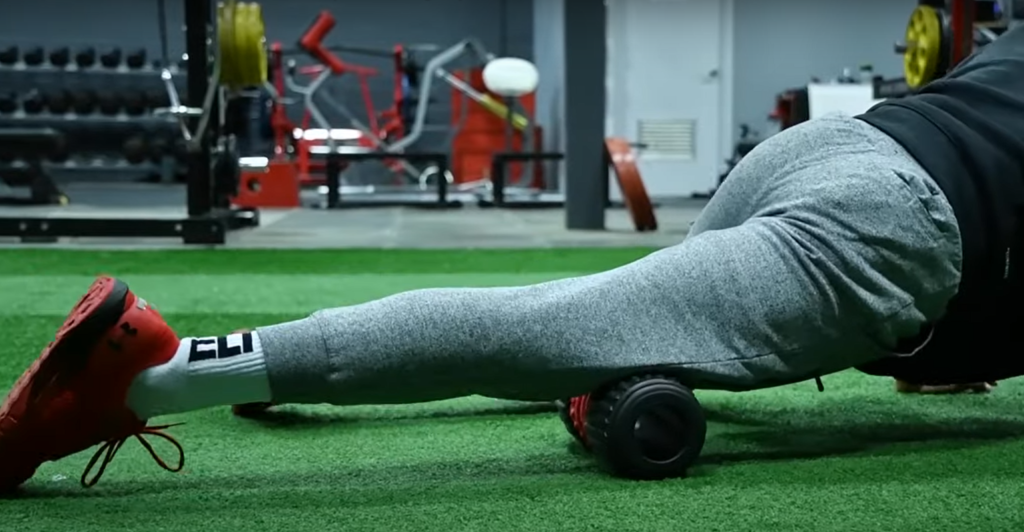
Regardless of what kind of fitness goals you may have, it’s important to remember that there are significant differences between getting fit and improving performance. Both approaches should be taken into consideration when creating an effective workout plan for improved health and athletic success. [1]
Skill-Related Fitness Components
Power
It is the ability to exert a maximal force in a minimal amount of time. It is developed through activities such as Olympic-style weight lifting and plyometric exercises.
Speed
It is the ability to move quickly and efficiently. Speed is developed through activities such as sprinting, change of direction drills, and agility exercises.
Agility
It is the ability to change direction quickly while maintaining control of your body. Agility drills are designed to increase coordination and balance while also improving reaction time.
Balance
It is the ability to maintain equilibrium under changing conditions. Balance can be improved by using a wobble board or standing on one leg for extended periods of time. [2]
Coordination
It is the ability to use different body parts together in an efficient manner – for example, when throwing a ball or hitting a golf ball. Coordination drills include ladder drills and medicine ball exercises.
Flexibility
It is the ability to move joints through their full range of motion. Stretching exercises and yoga can help improve flexibility.
Reaction Time
It is the ability to respond quickly to a stimulus. Reaction time drills involve quick movements such as jumping rope or moving an object from one hand to the other.
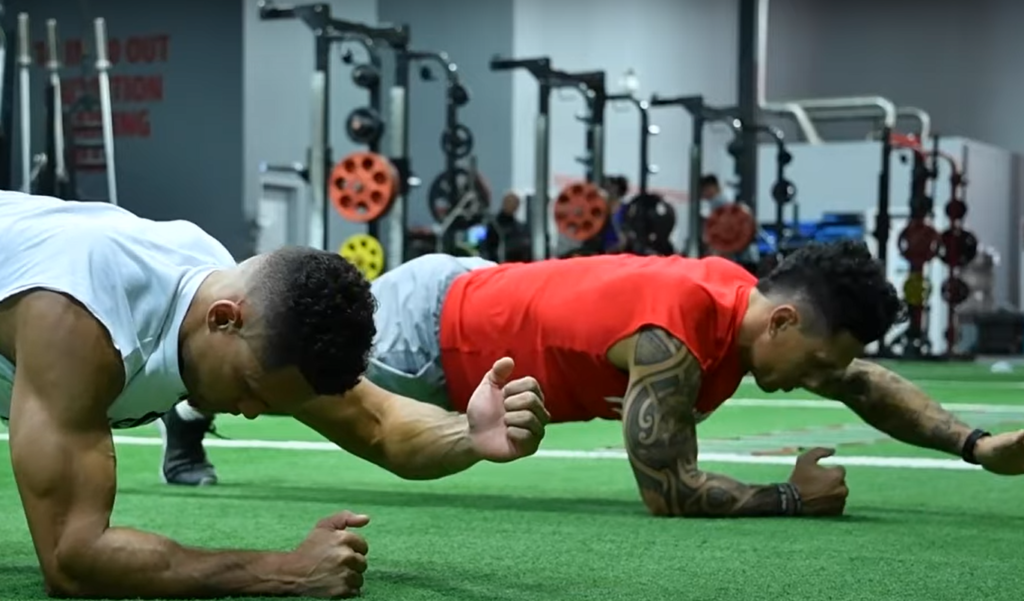
All of these skills can be developed through regular practice and repetition. As you become more proficient in each skill, you will find that your overall fitness level increases significantly. Combining strength and speed exercises can help you reach your fitness goals faster than if you only focused on one area. With the right combination of exercises, you’ll be able to maximize your physical potential and improve your performance in any sport or activity. And with increased health benefits too! [3]
Health-Related Fitness Components
Muscular Strength
Muscular strength is the amount of force that a muscle can produce in one contraction. It is an important component of health-related physical fitness, as it helps the body perform daily tasks with ease and reduces the risk of injury.
Cardiorespiratory Endurance
This component measures how efficiently your heart and lungs deliver oxygen to working muscles during prolonged periods of exercise. Having good cardiorespiratory endurance enables you to work out at high intensity for longer periods of time.
Muscular Endurance
Muscular endurance is the ability of a muscle to work for extended periods of time, without becoming fatigued. It is important in activities such as running and cycling, where muscles are used to push the body forward with each stride or pedal stroke.
Cardiovascular Endurance
Cardiovascular endurance is the ability of your heart, lungs, and blood vessels to deliver oxygen-rich blood to working muscles during prolonged periods of exercise. Having good cardiovascular endurance enables you to exercise for longer periods of time without becoming exhausted.
Body Composition
Body composition is the ratio of body fat to lean muscle mass. Having a healthy body composition means that your body has enough muscle and not too much fat. It also reduces the risk of developing certain diseases, such as heart disease and diabetes.
Flexibility
Flexibility is the ability to move joints through their full range of motion without restriction or pain. Stretching regularly can help improve flexibility and reduce the risk of injury while performing physical activity. [4]
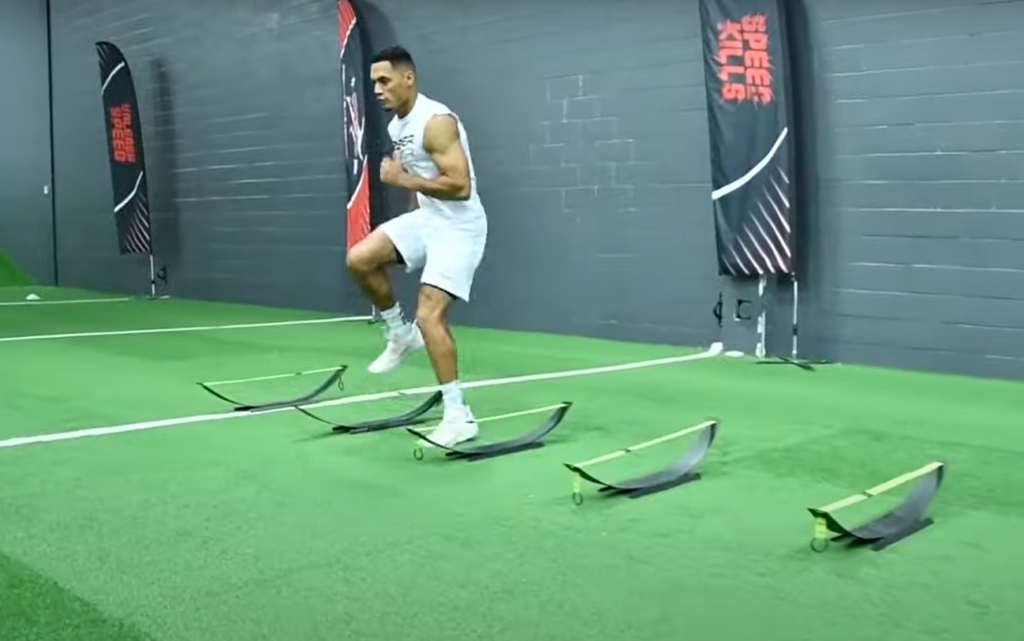
Which Fitness Skill Combines Strength and Speed?
The answer to this question is plyometrics.
Common examples include jump squats, box jumps, and burpees. When done correctly, these exercises provide an intense workout that targets multiple muscle groups at once, making them an ideal choice for anyone looking to increase their strength and speed. Plyometrics are a great way to improve coordination, agility, and muscular power, so why not give them a try? You will be surprised by how effective they can be! [5]
FAQ
What is the combination of strength and speed?
The combination of strength and speed is known as power. Power is the ability to produce force quickly, over a short period of time. It requires muscles to work together in an explosive manner, allowing athletes to perform powerful movements such as jumps, throws, and sprints with greater ease and efficiency. Power can be developed through exercises that recruit larger muscle groups while engaging them quickly so they can generate maximum force.
Examples of these exercises include Olympic lifts (such as the Clean & Jerk), plyometrics (using medicine balls or jump boxes), and ballistic-type resistance training (using bands or weighted ropes). By focusing on form, repetition and speed during workouts, one can build up their power output over time. Ultimately, power is an essential skill for athletes of all levels, as it allows them to execute complex skills with greater efficiency and effectiveness. It can also help reduce the risk of injury by improving muscular control and coordination.

Should you combine strength training and cardio?
It depends on your goals. If you’re looking to develop a fitness skill that combines strength and speed, then the answer is yes. Plyometrics is an excellent example of a form of exercise that does just this. It involves explosive, quick movements that require both strength and speed. Examples include box jumps, squat jumps, and burpees which are all great exercises for developing athletic ability as well as overall physical conditioning.
Additionally, Plyometrics can help improve balance, coordination, and agility while also helping to reduce injury risk if done correctly with proper form. With regular practice and dedication, it’s possible to reach higher levels of fitness than you would through traditional methods alone. So if it’s athleticism you’re after then adding plyometric-based exercises into your routine can be a great way to get in shape and improve your overall health.
Ultimately, it’s important to remember that developing a fitness skill that combines strength and speed is not something that will happen overnight. It takes time and dedication to build up the necessary strength and agility required for plyometrics or other forms of exercise that involve quick movements.
What kinds of exercises require speed, strength, and skills?
Plyometrics is an effective form of exercise that combines all three. Plyometrics or “jump training” involves explosive movements that build power, speed, and agility. This type of high-intensity workout relies on the muscle’s ability to quickly stretch and then contract in rapid succession. The two main components of plyometric exercises are quick stretching and powerful contraction of the muscle, which helps to develop strength, balance, coordination, speed, and more.
Can you train strength and speed at the same time?
Yes, you can train for both strength and speed at the same time. Increasing your power output by performing exercises with maximum effort is a good way to accomplish this. This type of training focuses on dynamic movements that require both speed and strength. Examples of exercises include Olympic lifts such as the clean & jerk, snatch and squat jumps.
These types of exercises require coordination, balance, and explosive power in order to execute them correctly.
For best results, it’s important to focus on proper form while pushing yourself to move faster throughout the exercise. Additionally, rest periods should be kept short so that your muscles don’t have a chance to cool down before moving on to the next set.
What type of skill is agility?
Agility is the ability to move quickly and change direction without losing balance or control of your body. It requires quick reflexes, coordination, and good decision-making skills in order to react quickly to changes in direction or environment. Agility drills are beneficial for athletes as they help improve their speed, movement efficiency, and overall performance on the field or court.
What sports use agility and speed?
Agility and speed are key components of many sports, from football to fencing. These skills also come into play in recreational activities such as running, cycling, hiking, swimming, and more. In football, agility is an essential quality for any player. It helps them move quickly around the field while maintaining balance and control. Speed is especially important for receivers and defensive backs who need to keep up with the other team’s offense.
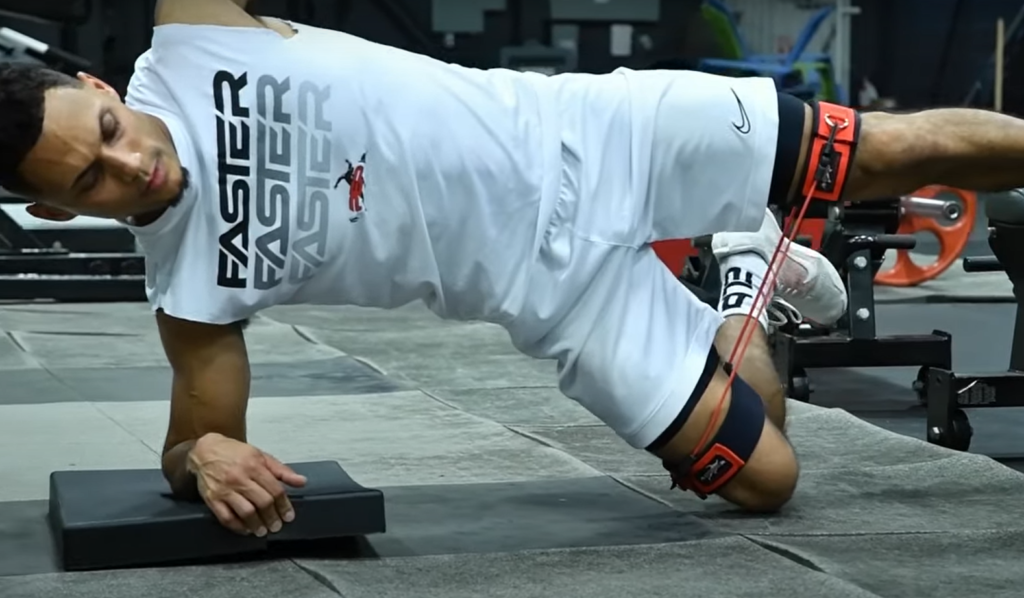
Fencing requires a great deal of agility as well as quick reflexes. A fencer needs to be able to stay on their feet while they move around their opponent’s sword or foil attacks. Speed is just as important here since it gives the fencer time to block an attack or to lunge forward and score a point. In running, agility helps to maintain balance while moving through turns or obstacles on the course.
Speed is also important since it allows runners to cover more distance in less time. Cycling and mountain biking requires the same combination of agility and speed as running does. Cyclists must be able to move quickly around corners or take quick turns on trails.
Hiking involves similar obstacles but at a much slower pace, so hikers need to have good footwork and balance skills in order to navigate difficult terrain. Swimming requires great strength and endurance, but it also demands a lot of agility in order to make sharp turns around walls or buoys without losing momentum.
Useful Video: SPEED STRENGTH COMPLEX | Speed & Agility Workout | Train Like An Athlete
Conclusion
Overall, Plyometrics is a great fitness skill that combines strength and speed. It is a powerful tool to help you achieve the optimum level of performance in physical activities. While Plyometrics can be a difficult skill to master, it offers an effective way to increase your strength and speed while also building functional muscle groups. With consistent practice and dedication, Plyometrics can help you reach new heights in physical conditioning, allowing you to move faster, jump higher, and reach greater levels of overall athleticism. So why not give it a try? You won’t regret it!
Good job!
References:
- https://healthsolutions.fitbit.com/blog/the-link-between-fitness-and-job-performance-and-how-you-can-take-action-today/
- https://www.tandfonline.com/doi/full/10.1080/08924562.2019.1637315
- https://www.verywellfit.com/skill-related-fitness-components-4155209
- https://www.dcms.uscg.mil/Portals/10/CG-1/cg111/docs/HPM/Exercise-Guidelines.pdf
- https://us.humankinetics.com/blogs/fitness-for-life-faqs/general-what-do-you-call-the-ability-to-combine-strength-and-speed

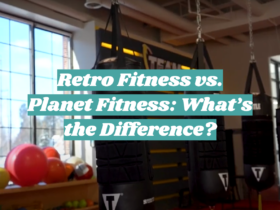



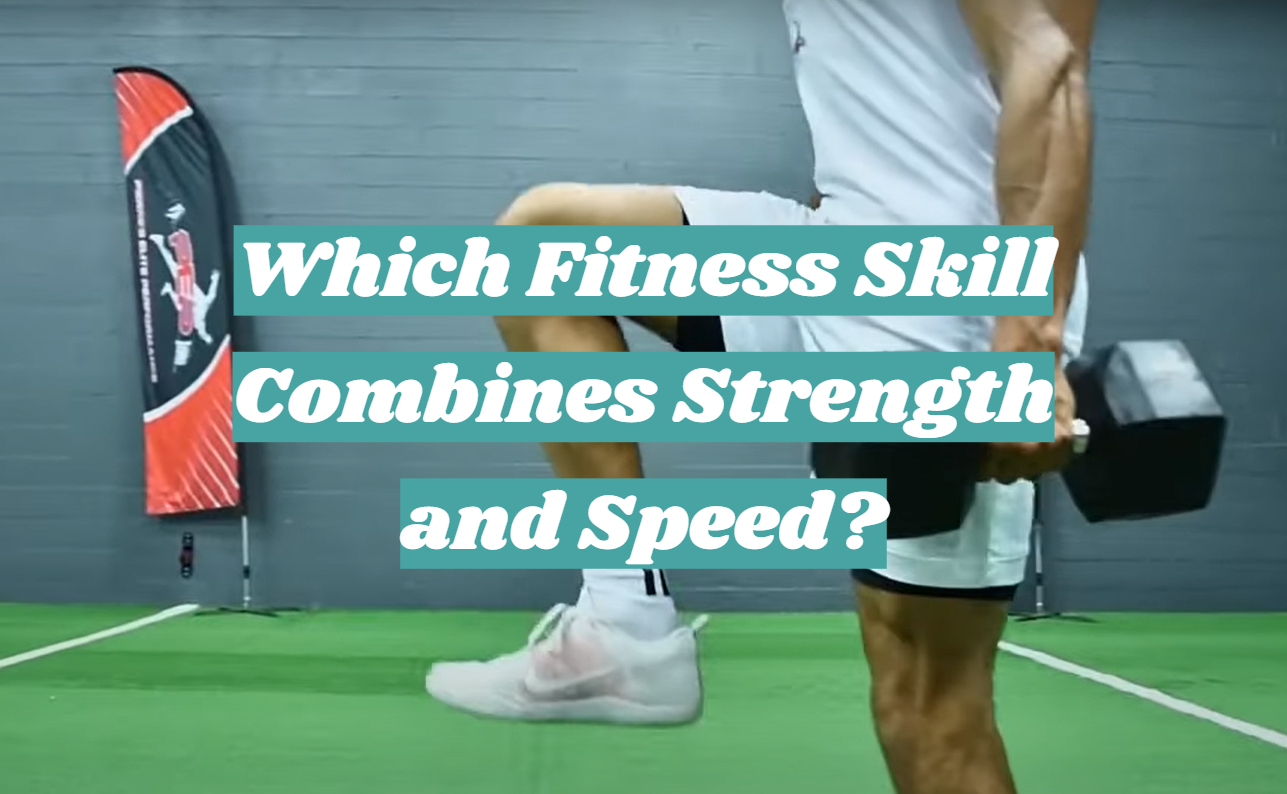



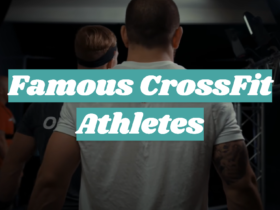
Leave a Review